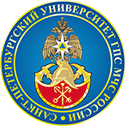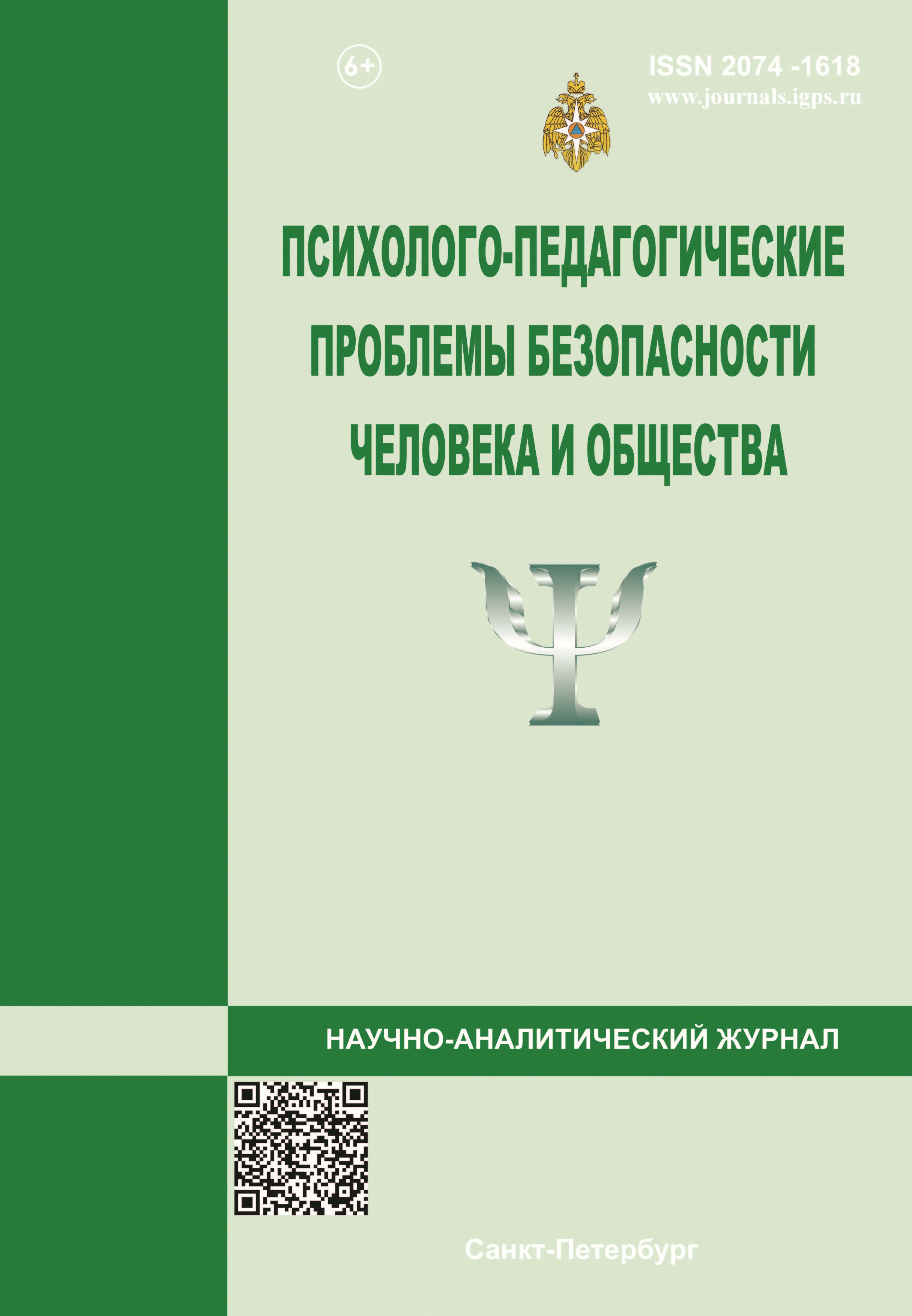The article examines the many ways in which different forms of computer-mediated communication can benefit the development of the student’s secondary linguistic persona in the modern educational paradigm. The article is mainly focused on the blog-technology: it presents the typology of educational blogs, it also highlights their characteristics and functions in the process of teaching English as a second language.
secondary linguistic persona, computer-mediated communication, blog-technology, foreign language communicative competence
1. Strategiya razvitiya informacionnogo obschestva v Rossiyskoy Federacii na 2017-2030 gody: (utv. Ukazom Prezidenta Ros. Federacii ot 9 maya 2017 goda № 203). URL: http://www.garant.ru/products/ipo/prime/doc/71570570/ (data obrascheniya: 04.09.2017).
2. Bataev A.V. Analiz mirovogo rynka distancionnogo obrazovaniya // Molodoy uchenyy. 2015. № 20. S. 205-208.
3. Sysoev P.V., Evstigneev M.N. Tehnologii Veb 2.0. v sozdanii virtual'noy obrazovatel'noy sredy dlya izucheniya inostrannogo yazyka // Inostrannye yazyki v shkole. 2009. № 3. S. 26-31.
4. Downes Stephen. E-learning 2.0. ELearnmagazine. 2005. URL: http://elearnmag.acm.org/ archive.cfm?aid=1104968 (data obrascheniya: 04.09.2017).
5. Schipicyna L.Yu. Zhanry komp'yuterno-oposredovannoy kommunikacii: Arhangel'sk: Pomorskiy un-t, 2009. 236 s.
6. Siemens George. Connectivism: a Learning Theory for the Digital Age. December 12, 2004. URL: http://www.elearnspace.org/Articles/connectivism.htm/(data obrascheniya: 04.09.2017).
7. El'kina O.M. Lingvo-sociokul'turnye osobennosti rechevoy deyatel'nosti v sfere komp'yuterno-oposredovannoy kommunikacii: dis. … kand. filol. nauk. Pyatigorsk, 2012. 256 s.





